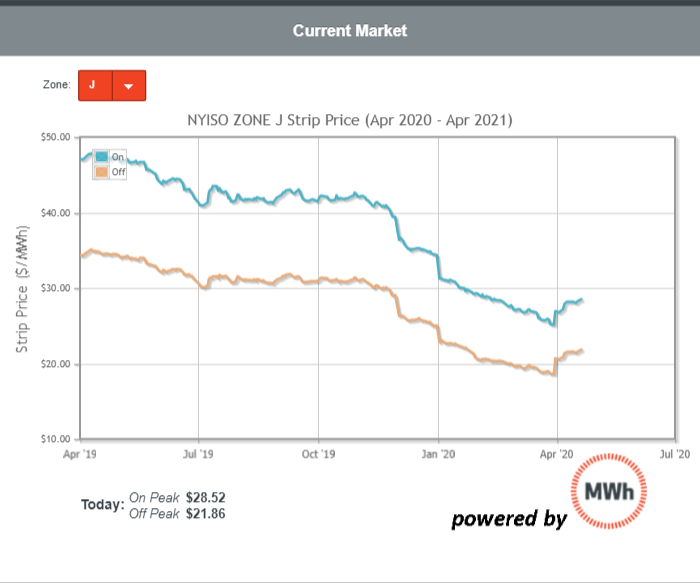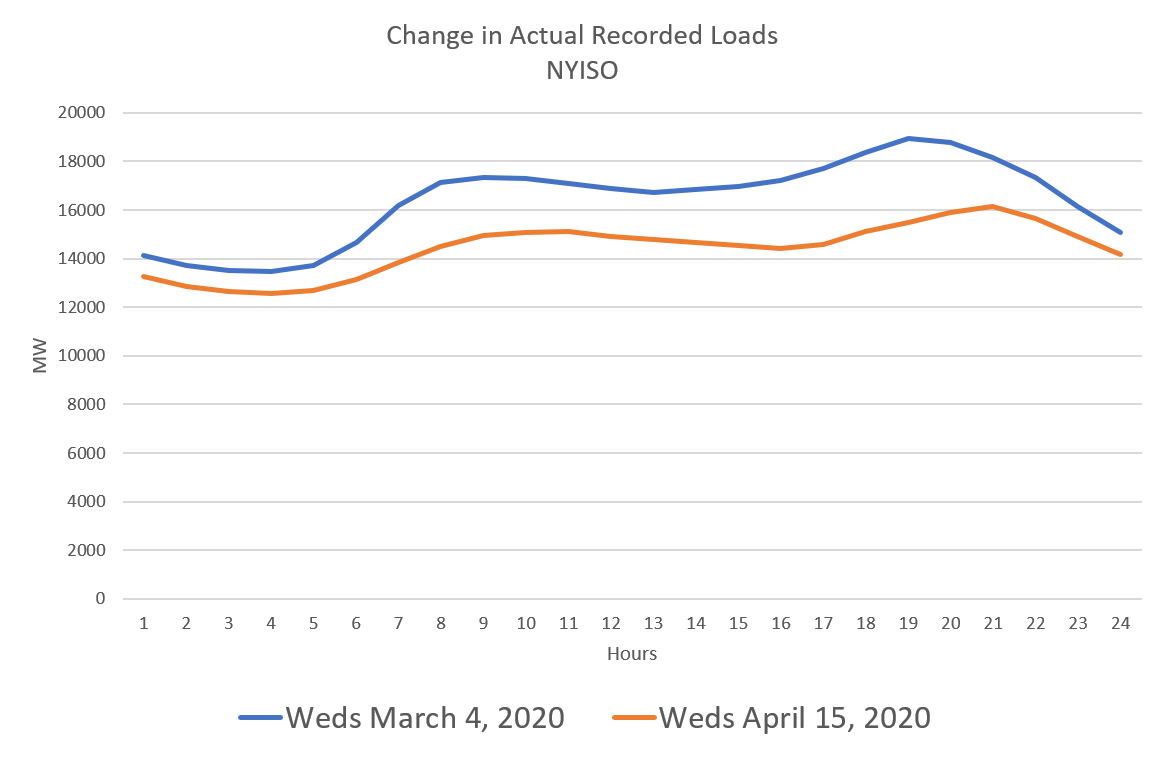Energy – covid 19, what do you need to know? If customers and consultants do nothing else (other than the vital job of keeping the lights on), make sure you are aware of these issues.
1. Energy usage and Covid 19: Be aware of the impact of this crisis on your energy consumption.
We are less than a full utility cycle into the Covid-19 lockdown in most states in the US. For some customers, the energy consumption impact of the shutdown will already be very clear. Facilities that were operating several shifts or were largely in manufacturing or industrial production will see significant reductions in volumes. Colleges and Universities, while they likely have shut down many facilities for the time being, still may have some students on campus. Nevertheless, classroom activity and some research has certainly been curtailed.
Hospitals and health care centers may see mixed usage impacts. For example, while offices and administrative usage has declined and elective surgeries drastically reduced, many hospitals report an increase in capacity, higher usage of ventilators and more circulation of outdoor air. It is unclear what the net impact will be–more usage, or less?
As soon as the data are available, the MWh plans to take a deep dive into the impact of this crisis on hospitals and colleges and universities. Schedule a call with us if you’d like to discuss our findings.
[maxbutton id=”2″ url=”https://live.vcita.com/site/themwh.com” ]
2. Carefully review your invoices and your contracts with your providers of energy services.
When you have time, make sure to review all of your existing agreements with your suppliers, your utilities, solar providers, and anyone else who provides you with key energy services. There are some provisions in supplier contracts that are meant to address the possibility of major usage shifts. It is unclear, at this time, how and whether suppliers will be enforcing these provisions. In any case, it’s a good idea to know what these provisions are, and who they might benefit or protect during this crisis. Combined with a clear understanding of your usage, understanding these aspects of your contracts should give you an understanding of the impact of major usage deviations on your expected costs.
At the same time, it’s a good idea to check on your invoices to ensure that there has been no disruption or mistake in how you are being billed. We have been very impressed by the ability of suppliers and energy companies to maintain operations. Nevertheless, a shift of this magnitude, especially to a work from home environment, may strain your service providers, which could result in mistakes.
3. Assess your strategy, especially once you have a handle on changes in volume.
This lock down may not be our last. Once you have a handle on the impact of temporary shut downs have on your usage, it may make sense to review your purchasing strategy. Customers who have purchased fixed price contracts with usage bandwidth provisions may want to re-consider that strategy going forward.
Why? For two reasons. First, market prices during this period are low and can be volatile (see point 4, below). If you have some exposure to an index market (by purchasing a block and index product), you will benefit when prices are low. For more information on electricity products, review our “What is an electricity product? series” here. We provide an explanation of index, block and index and fixed price products.
Second, and even more pressing, we may find that we periods of business disruption like the current one recur in the future. We will all be better prepared for this kind of economic disruption in the future. Align your purchasing strategy with the strategic imperative to be flexible. You will want to make sure that your energy purchasing strategy is designed to deal with uncertainty. You do not want to have to pay for power or gas that your facilities don’t use. Fixed price gas and power contracts can be stringent about usage and volumes. Some suppliers maintain the right to invoice customers for power or gas that exceeds or falls below a certain historical volume target. If you find your facilities have significant volume fluctuations due to disruptions like the one we are experiencing, you will want your purchasing strategy to be flexible enough to accommodate these disruptions.
4. Review your purchasing options, even a few years out.

As we have mentioned repeatedly over the last several years, but with greater urgency now, gas and power market prices are low. It behooves customers to be proactive in looking at power and gas markets 12, 24 and 36 months from now. Customers are price takers. Use that market position to your advantage. If you’re a skeptic, take a look at the case we make for tracking forward curves here.
Make sure you understand the impact of markets on costs and budgets; insist on transparency of methodology and data. Forward pricing will impact your operation. This is true no matter whether you choose to remain on utility services or opt to buy from a retail provider.
5. Utilities are having to navigate these dramatic shifts in our economy and society in the same way that we all are.
There are several interesting articles about how utilities are facing the challenges of the lock down. First of all, there are dramatic changes in both the profile of electricity and gas usage, as well as the overall volumes. Utilities in Europe, California and New York are reporting drops in consumption in the 8-15% range (the consumption decline in Italy approached 25%). In addition, the utility loads tend to look more like weekend days rather than weekdays.
Take a look at recorded loads from the NYISO. Here we compare the actual recorded electricity load data from Wednesday March 4, 2020 and Wednesday April 15, 2020. We are not adjusting for weather differences between these two dates, so this is not a particularly sophisticated analysis of the load impacts of the lock down. However, these data tell a story.

A deep dive into the global impacts of Covid-19 on electricity load is available from Amperon. Amperon forecasts load dynamically, using data from smart meters. Take a look at their recent article titled “Covid-19 Impact on Global Energy Markets” which reviews Covid-19 impacts on usage around the world and in the 3 hardest hit states in the US.
You might also want to take take a look at this article from Utility Dive in which different utility executives from around the country discuss how they are navigating this time.
We don’t yet know how these changes will impact utility financial stability. It will vary based on different utility regulatory environments. Utilities that receive revenue tied to volume of delivered energy will suffer and will likely seek some sort of relief.
Bottom line for energy managers and financial decision makers: In the past, you have reported to us that managing energy seems impossible. This global pandemic creates similar feelings, that’s for sure. The information we review above are examples of a few discrete things you can do to make sensible decisions in this uncertain time.
If you need help assessing the impact of the shutdown on your energy usage, or you want to talk about your supplier or energy service provider contracts, schedule a call with us. We want to help.
[maxbutton id=”2″ ]
